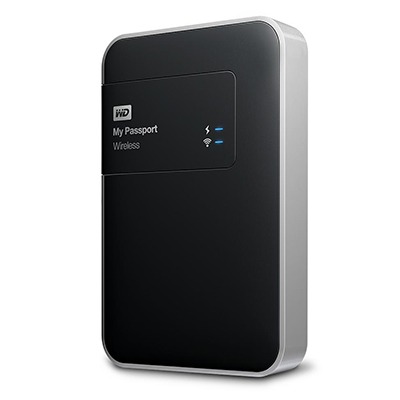TOPIC: IPAD AIR
A look at Google's Pixel C
26th December 2016Since my last thoughts on trips away without a laptop, I have come by Google's Pixel C. It is a 10" tablet, so it may not raise hackles on an aircraft like the 12.9" screen of the large Apple iPad Pro might. The one that I have tried comes with 64 GB of storage space and its companion keyboard cover (there is a folio version). Together, they can be bought for £448, a saving of £150 on the full price.
![]()
The Pixel C keyboard cover uses strong magnets to attach the tablet, which requires extra effort when changing modes. These modes include covering the screen, attaching to the back with the screen visible, or positioning for typing. The typing mode usefully allows you to adjust the screen angle according to your preference, rather than accepting a manufacturer-set position. Unlike the iPad Pro's physical connection, the Pixel C uses Bluetooth, which works equally well in my experience. Due to its smaller size, it feels somewhat cramped compared to a full-size keyboard or even that of a 12.9" iPad Pro. The keys are of the scrabble variety, although they function well otherwise.
The tablet itself is impressively fast compared to a HTC One A9 phone or even a Google Nexus 9 and that became obvious when it came to installing or updating apps. The speed is just as well, since an upgrade to Android 7 (Nougat) was needed on the one that I tried. You can turn on adaptive brightness too, which is a bonus. Audio quality is nowhere near as good as a 12.9" iPad Pro but that of the screen easily is good enough for assessing photos stored on a WD My Passport Wireless portable hard drive using the WD My Cloud app.
All in all, it may offer that bit more flexibility for overseas trips compared to the bigger iPad Pro, so I am tempted to bring one with me instead. The possibility of seeing newly captured photos in slideshow mode is a big selling point since it functions well for tasks like writing emails or blog posts, like this one, since it started life on there. Otherwise, this is a well-made device.
More thinking on travelling without a laptop
10th December 2016When it comes to the technology that I carry with me on trips away, I have begun to start weighing devices on my kitchen scales. The results are a little revealing. The HP Pavilion dm5 that has gone with me to Ireland and other places weighs between 2.5 and 3 kg, while my Apple iPad Mini 2 comes in at 764 grams. My 12.9" iPad Pro with its Logitech keyboard weighs between these at 110 to 1200 grams. The idea of consolidating computing devices for travel has been discussed on here before now, and the main thing stopping my just going with the iPad Pro was the viewing of photos without filling up its 32 GB of storage space.
Since then, I just may have found a workaround, and it is another gadget, this time weighing only a few hundred grams: a 1 TB WD My Passport Wireless portable hard drive. Aside from having a SD card slot that allows the automatic backup of photos, it also can connect with tablets and phones using Wi-Fi broadband.

The WD My Cloud app makes connections to mobile devices useful and operates smoothly on both iOS and Android. However, Android devices offer more functionality, including DNG file support and an additional slide show feature for JPEG files. These features are invaluable for viewing photos, and I feel somewhat disadvantaged that they are not available on iOS. Thus, I hope this will be resolved soon.
Thankfully, my Pentax K5 II DSLR camera can be persuaded to save DNG and JPEG files simultaneously so that they can be viewed full screen on both types of devices without having to transfer them onto the tablet first as you would with Apple's SD card reader. Usefully, that gets around my oversight in buying iPads with only 32 GB of storage each. That now looks like a false economy given what I am trying now.
Such is the weight difference, just taking along my Apple iPad Pro and the WD device will save around 1 kg and there is less fuss at airport security screening too. While my HTC phone would suffice for seeing photos as slide shows, I am wondering if my battered Google Nexus 9 could come too. The only dilemma then would be how to pack things, since I am not sure how a large iPad screen would seem to cabin crew or other passengers during take off and landing. That makes using the Nexus 9 onboard more of a proposition, and the iPad might go into the hold luggage to make life a little easier. Still, that choice is a minor concern now that I can try travelling overseas without a laptop to see how I get along.